Your cart is currently empty!

Skincare Routine for Oily Skin: Effective Strategies

Oily skin care poses unique challenges that require a tailored skincare routine to maintain balance and clarity in daily. This comprehensive guide explores effective strategies for managing oily skin through a structured skincare regimen. From gentle cleansing to targeted treatments, each step is meticulously designed to regulate sebum production, minimize pore congestion, and prevent acne breakouts. Piuny Cosmetics understand the specific needs of oily skin and selecting appropriate products and techniques, individuals can achieve a clearer, more balanced complexion. Piuny Cosmetics provide you the best skin care products for your oily skin.
Oily Skin Care strategies
Managing oily skin care involves adopting a comprehensive skincare routine and making lifestyle adjustments to regulate sebum production, minimize shine, and prevent acne breakouts. Here are some effective strategies for oily skin:
Gentle Cleansing:
Use a gentle, foaming cleanser specifically formulated for oily skin care. Wash your face twice daily, in the morning and evening, to remove excess oil, dirt, and impurities without stripping the skin of its natural moisture.
The morning and evening, using lukewarm water and gentle circular motions to massage the cleanser into the skin. Avoid harsh scrubbing or abrasive cleansers, as they can irritate the skin and trigger increased oil production.
After cleansing, pat the skin dry with a clean towel and follow up with oil-free moisturizer to maintain hydration without adding excess oil. Consistent, gentle cleansing is key to keeping oily skin clean, balanced, and free from acne breakouts.
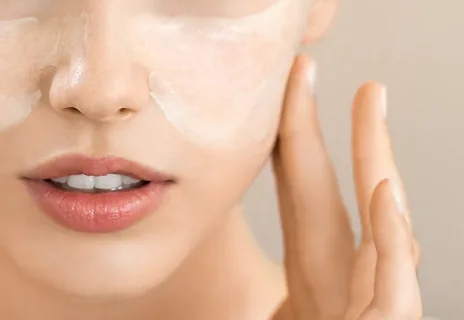
Salicylic Acid Exfoliation:
Salicylic acid exfoliation is particularly beneficial for oily skin care due to its ability to penetrate deeply into pores, unclog congestion, and regulate excess oil production.
As a beta-hydroxy acid (BHA), salicylic acid works by dissolving the bonds that hold dead skin cells together, effectively exfoliating the skin’s surface and preventing the formation of blackheads and whiteheads.
By removing built-up debris and sebum from the pores, salicylic acid helps to reduce shine, minimize pore size, and prevent acne breakouts. Oily skin care types can benefit from incorporating salicylic acid exfoliants into their skincare routine 2-3 times per week to maintain clearer, more balanced skin.
However, it’s essential to start with lower concentrations and gradually increase frequency to avoid over-exfoliation and irritation. Always follow with a moisturizer and sunscreen to protect and hydrate the skin.
Oil-Free Moisturization :
Oil-free moisturization is crucial for oily skin as it helps maintain hydration without exacerbating excess oil production. Look for water-based or gel moisturizers formulated specifically for oily skin care. These products provide lightweight hydration without adding extra oil to the skin.
Ingredients like hyaluronic acid help attract and retain moisture without clogging pores. Non-comedogenic formulas ensure they won’t block pores or cause breakouts. Additionally, opt for mattifying moisturizers containing ingredients like silica or clay to help absorb excess oil throughout the day, leaving the skin looking shine-free.
Remember to cleanse the skin thoroughly before applying moisturizer to remove any impurities or excess oil. Consistent use of an oil-free moisturizer tailored to oily skin care can help balance hydration levels, control oiliness, and promote a healthier complexion.
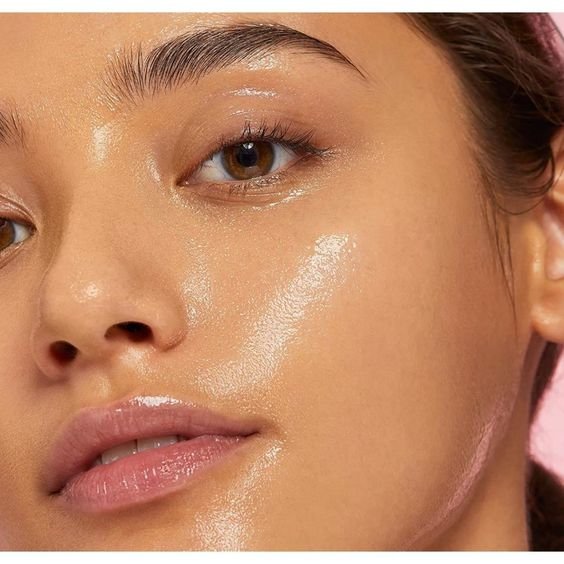
Spot Treatments for Acne:
Spot treatments for acne in oily skin should be effective yet gentle to avoid further irritation. Look for products containing benzoyl peroxide, salicylic acid, or sulfur as active ingredients. Benzoyl peroxide works by reducing acne-causing bacteria and excess oil production while also helping to unclog pores.
Salicylic acid penetrates deep into the pores to remove dead skin cells and prevent acne formation. Sulfur has antibacterial properties and helps to absorb excess oil while reducing inflammation. When using spot treatments, apply a thin layer directly onto the affected areas after cleansing and before moisturizing.
It’s essential to start with a lower concentration to prevent excessive drying or irritation, especially for sensitive skin. Consistent and targeted application of spot treatments can help reduce the size and redness of pimples while promoting faster healing.
Non-Comedogenic Products:
For oily skin care, opt for non-comedogenic cleansers that effectively remove dirt, excess oil, and impurities without stripping the skin of its natural oils. Water-based or gel moisturizers labeled as non-comedogenic are ideal as they provide hydration without adding extra oil to the skin.
When it comes to makeup, choose non-comedogenic foundations, concealers, and powders to avoid aggravating oily skin and causing breakouts. Mineral-based makeup products are often non-comedogenic and provide coverage without clogging pores.
Sunscreen is also crucial for oily skin care, but it’s essential to select a non-comedogenic sunscreen that offers broad-spectrum protection without leaving a greasy or heavy residue on the skin.

How To Understand Oily Skin
Understanding oily skin care involves recognizing its characteristics, causes, and how it differs from other skin types. Here’s a comprehensive guide to help you understand oily skin:
Characteristics of Oily Skin
Excessive Shine: Oily skin care tends to appear shiny, especially in the T-zone (forehead, nose, and chin).
Enlarged Pores: The pores on oily skin are often larger and more visible due to excess sebum production.
Prone to Acne: Oily skin is more susceptible to acne breakouts, including blackheads, whiteheads, and pimples.
Makeup Melts Quickly: Makeup may not stay in place for long on oily skin and can appear to “melt” or become patchy throughout the day.
Skin Feels Greasy: Oily skin often feels greasy to the touch, particularly by midday or in warm weather.
Causes of Oily Skin
Sebaceous Glands: Oily skin is primarily caused by overactive sebaceous glands that produce excessive sebum, an oily substance that helps moisturize and protect the skin.
Hormonal Influences: Hormonal changes, particularly during puberty, menstruation, pregnancy, or menopause, can trigger increased sebum production.
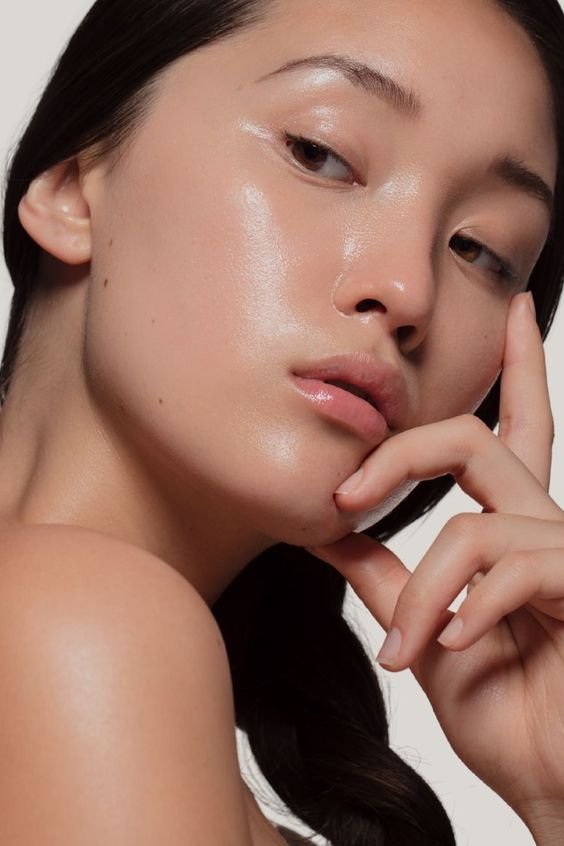
Genetics: Oily skin can be hereditary, meaning individuals with family members who have oily skin are more likely to experience it themselves.
Environmental Factors: Humid climates and exposure to hot or humid weather can exacerbate oily skin, as can using harsh skincare products that strip the skin of its natural oils.
Differentiating Oily Skin from Other Skin Types
Combination Skin: Combination skin features both oily and dry areas, typically with an oily T-zone and drier cheeks.
Dry Skin: Dry skin lacks oil and moisture, often appearing flaky, tight, and rough.
Normal Skin: Normal skin is well-balanced, with minimal oiliness and no dryness or sensitivity concerns.
Sensitive Skin: Sensitive skin is prone to irritation, redness, and reactions to skincare products or environmental triggers.
Understanding oily skin is the first step toward developing an effective skincare routine tailored to regulate oil production, minimize pore congestion, and promote overall skin health and balance. By recognizing the characteristics and causes of oily skin, individuals can make informed decisions when selecting skincare products and treatments to address their specific concerns.
Conclusion
managing oily skin requires a tailored skincare routine focused on balancing oil production, maintaining hydration, and preventing acne breakouts. Cleansing twice daily with gentle, non-comedogenic products helps remove excess oil, dirt, and impurities without stripping the skin’s natural moisture. Incorporating oil-free moisturizers with ingredients like hyaluronic acid and mattifying agents helps hydrate the skin without adding extra oil or shine.
Spot treatments containing benzoyl peroxide, salicylic acid, or sulfur can effectively target acne while minimizing irritation. When selecting makeup and sunscreen, opt for non-comedogenic formulas to prevent pore blockage and further breakouts.


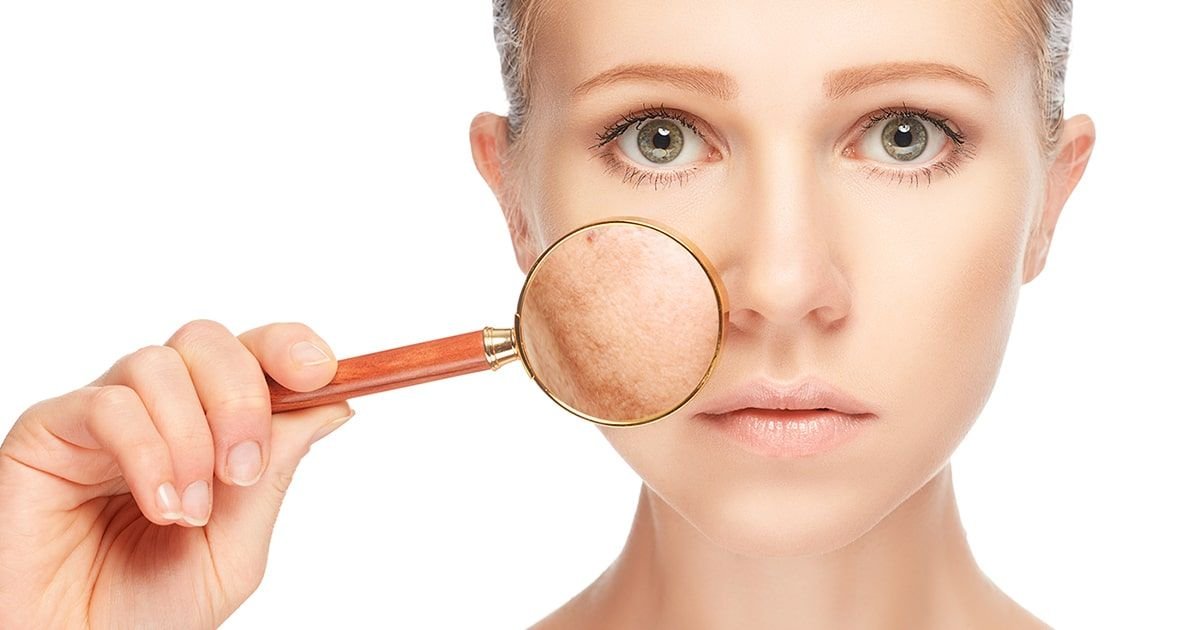
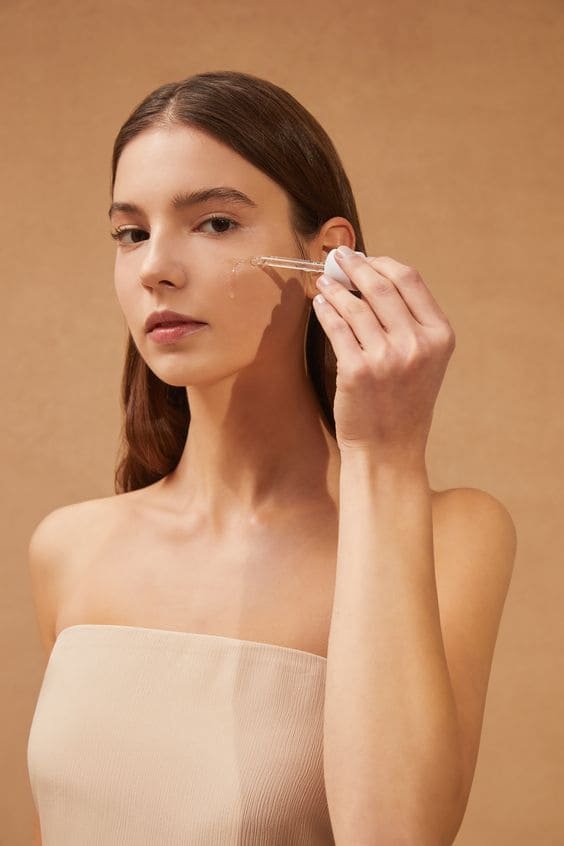
Leave a Reply